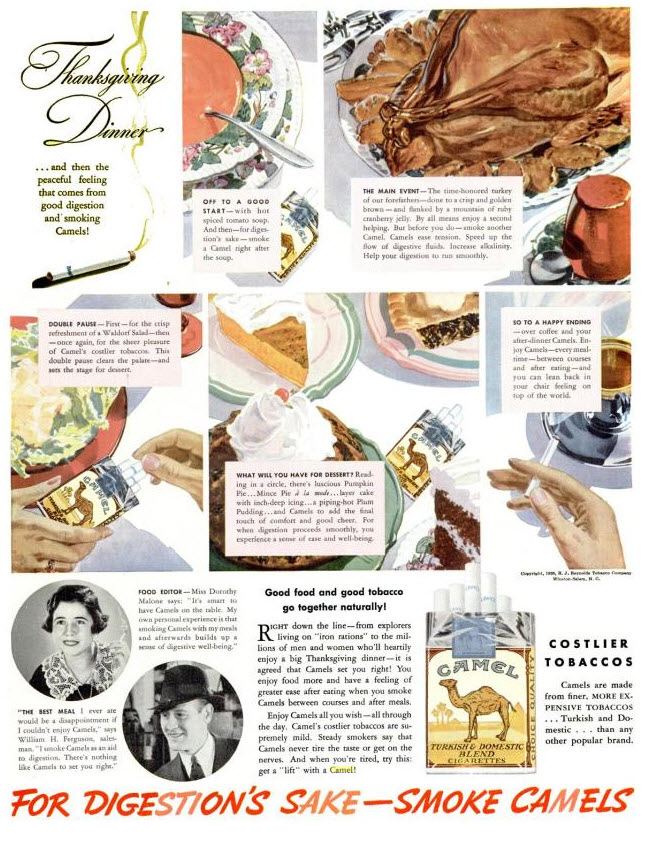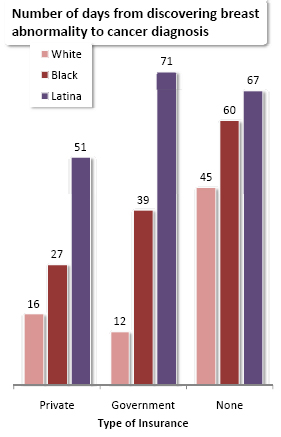In this vintage ad, smoking tobacco is linked with a (rewritten) Thanksgiving history:

See also our vintage ads marketing cigarettes with Christmas.
From Vintage Ads.
Lisa Wade, PhD is an Associate Professor at Tulane University. She is the author of American Hookup, a book about college sexual culture; a textbook about gender; and a forthcoming introductory text: Terrible Magnificent Sociology. You can follow her on Twitter and Instagram.




 I am hard pressed to imagine that such an ad would fly today. That these ads would not only be un-palatable, but impermissible, is evidence that the power of corporations is not absolute.
I am hard pressed to imagine that such an ad would fly today. That these ads would not only be un-palatable, but impermissible, is evidence that the power of corporations is not absolute.


